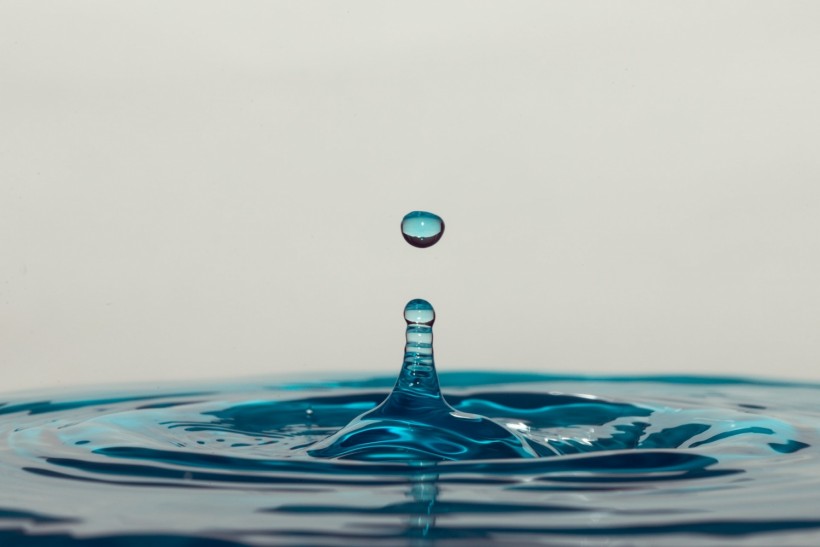Liquid has a tendency to dance when on an extremely hot surface, especially when it's past its boiling point. As such, this occurrence is called the Leidenfrost effect, and it happens when droplets touch extremely hot surfaces.
What Is the Leidenfrost Effect?
In an episode of Science Curiosities by Science Times, we explored what takes place when this extraordinary occurrence happens. This means answering mysteries like how water droplets dance on surfaces hotter than their boiling point.
Instead of evaporating immediately, droplets "skate" and "skitter" when they are on surfaces hotter than their boiling point. This is because the Leidenfrost effect prevents direct contact, making it seem like the droplets are dancing.
Although it's almost impossible to see, there's a layer of vapor acting as a barrier on top of the surface, resulting in the liquid dancing around instead of boiling into nothing.
Johann Gottlob Leidenfrost
The Leidenfrost effect was named after an 18th-century doctor and physicist in Germany known as Johann Gottlob Leidenfrost. The doctor was the first to describe the phenomenon and explain what happens when the effect takes place.
For the Leidenfrost effect to happen, water droplets need to be on surfaces about 193 to 200 °C above their boiling point. Although it seems like no contact happens, the bottom of the droplet actually comes in contact with the hot surface, instantly turning into vapor.
Because of the vapor's positioning, it then lifts the droplet. As this process happens repetitively with small quantities of liquid at the bottom of the droplet, it gives the illusion that the droplet is dancing.
Why This Effect Doesn't Happen on Pans
The reason why this effect can't always be observed on just any hot surface, like pans, is because they're normally below 100 °C or just not at the droplet's boiling point. However, it's possible to find a glimpse of this effect when sprinkling water droplets onto a pan.
Because the temperature isn't enough to cause the Leidenfrost effect, a slow sizzle takes place, which prevents the "dance effect." However, in Leidenfrost Point temperatures, the water evaporates quickly, causing a dance-like effect.
The liquid changes its property into gas instantaneously, lifting the droplets as it skids on a thin layer of gas. Because of the gas in between the droplet and the hot surface, this also slows the droplet heating process, prolonging the "dance" effect.
Uses for the Leidenfrost Effect
The Leidenfrost effect isn't just for entertainment, it also comes with practical applications like in industrial processes or in cooling systems that use liquids and extremely hot surfaces. One possible use for this effect is for a process called the Leidenfrost cart, which is a frictionless motion that relies on this reaction to levitate mechanical solid parts.
Should the process be perfected, the use of Leidenfrost for levitation and movement could come with multiple applications, especially for the industrial sector.
RELATED ARTICLE: Regulating Locomotion of Hydrogel Using Light and Electric Fields Holds Key in Developing Autonomous Materials
Check out more news and information on Chemistry in Science Times.















